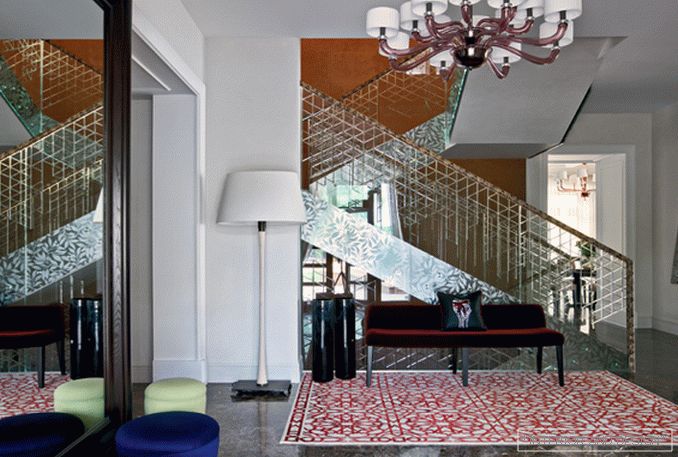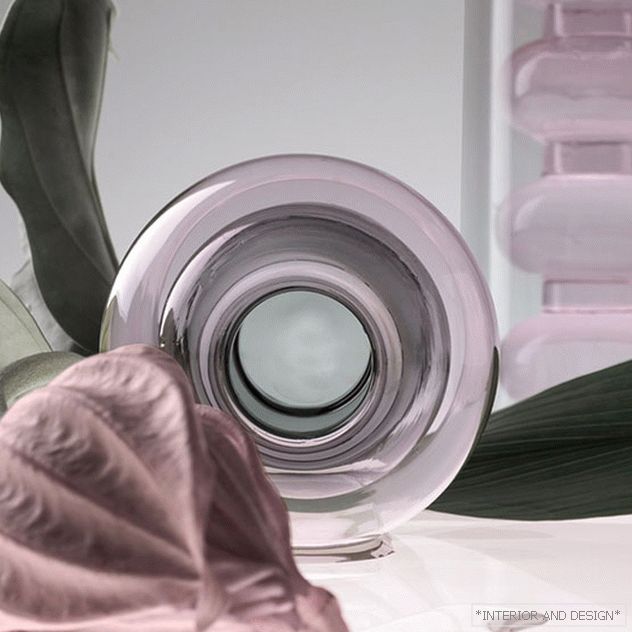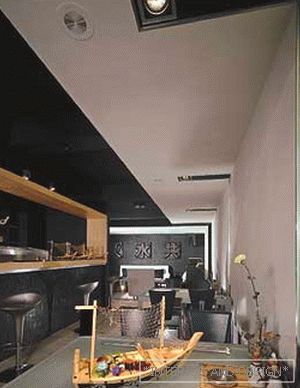Dutch Design — голландский дизайн — всемирно признанный бренд. Интеллектуальный и передовой, но при этом не лишенный иронии и культуры. Кто они, носители его ДНК? Представляем 10 ньюсмейкеров в категории art & design, чьи вещи хранят и выставляют музеи.
Related: DDW 2017. Dutch Design. Brand and driver
1. Joris Laarman: robots and the human brain
The "bone" chair expresses a design that was unthinkable a generation ago - it is something so complex that no human brain could come to this without help, and indeed, a supercomputer. Joris Laarman
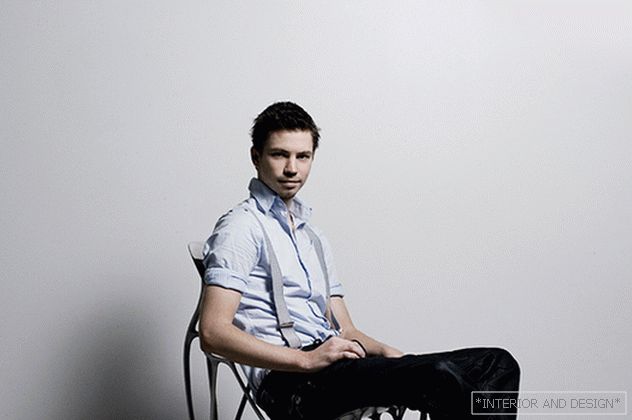 Joris Laarman.
Joris Laarman. 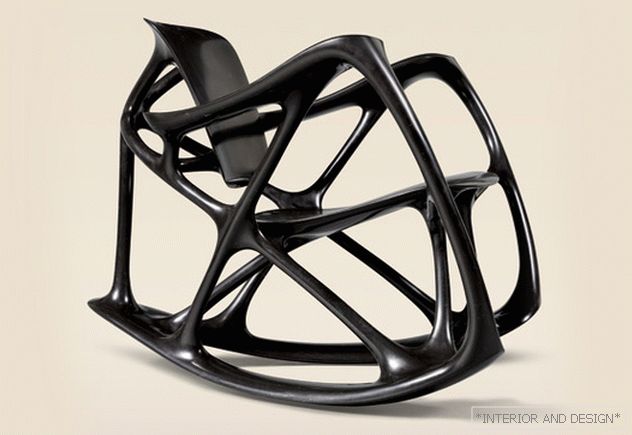 Joris Laarman. Chair Bone rocker. 2007-2009. 4/12. Black Belgian marble.
Joris Laarman. Chair Bone rocker. 2007-2009. 4/12. Black Belgian marble. Laarman (b. 1979) belongs to the generation of experimenters. Studio Joris Laarman Lab was born in 2004. Skate Joris Laarman - robotic printing. “I firmly believe in the future of digital production and local handicraft work.” On October 18, 2017, at the Sotheby's auction in London, the Bone Rocking chair of Joris Laarman was sold for £ 248,750.
Related: Design Auction in London: 250,000 for Joris Laarman's chair
2. Maarten Baas: design "at your fingertips"
“My method is like cooking, and things are like food. You will not eat something even, rectilinear and perfect in form. It is unpleasant. And I like organic forms, but cracked, with a wormhole. ” Marten baas
 Marten Defeats.
Marten Defeats. 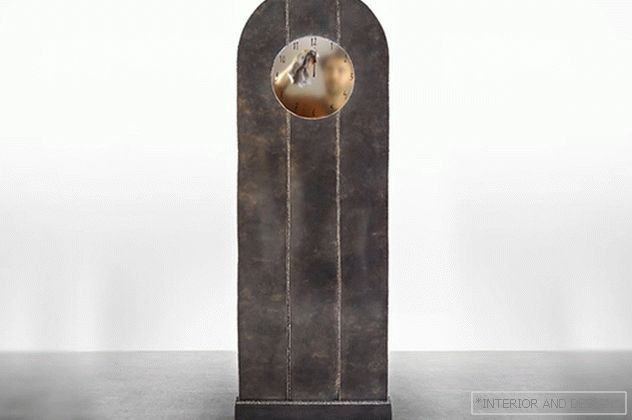 Watch Grandfather's Clock, call. Real Time, diz. M. Baas. Patinated brass and bronze. Circulation 8 copies. + 4 author prototypes.
Watch Grandfather's Clock, call. Real Time, diz. M. Baas. Patinated brass and bronze. Circulation 8 copies. + 4 author prototypes. Главные коллекционеры современного дизайна обожают Бааса: его уникаты есть дома у Бреда Питта и Яна Шрагера. Мартен Баас (р. 1978) закончил Академию дизайна в Эйндховене. Выпускная работа Бааса — серия закопченной мебeли Smoke сразу дала понять: амбиции дизайнера — делать вещи для музеев. Его работы находятся в cобраниях V&A, MoMa, Rijksmuseum и Музея декоративного искусства в Париже. Десять лет его продает Carpenters Workshop Gallerу. Мартен Баас успешно сотрудничает с Louis Vuitton, Swarovski, Dior. Весной 2017 года Groninger Museum устроил дизайнеру первую большую ретроспективу.
Related: Personal exhibition of Martin Baas: hide and seek
3. Pete Hein Eyck: cook and carpenter
“We look around. We try to keep everything that is, as intelligent as possible and pragmatic. We don’t want to do new things at all, it’s better to save and adapt old ones. Thus, we are radically different from most designers. ” Pete Hein Eyck
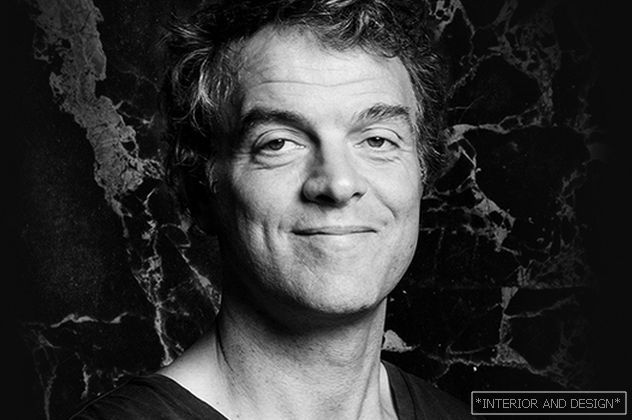 Пит Хайн Акк.
Пит Хайн Акк. 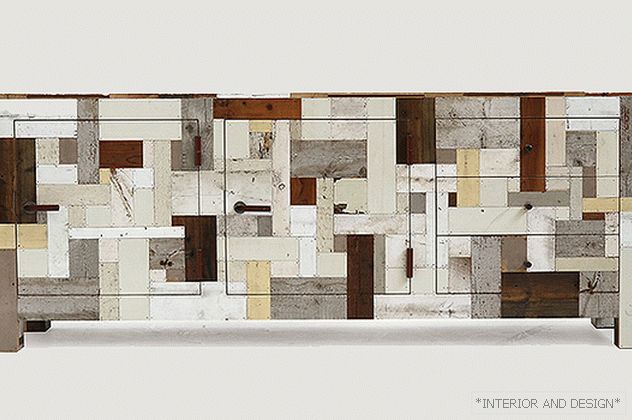 Chest of recycled wood, call. Waste, diz. P. Hein Eyck.
Chest of recycled wood, call. Waste, diz. P. Hein Eyck. The true hero of Eindhoven looks more like a hefty carpenter. Pete Hein Eyck (b. 1967) manufactures furniture in its own workshops: series and unique materials from recycled materials, this is the salt of Eyck's corporate style. The main material is old boards. Pete Hein Eyck is always open to a variety of orders - from items to corporate style. Next to the factory there is a spacious show-room, a souvenir shop and an excellent restaurant, where fans of branded stools come from neighboring cities and countries. In July 2017, Pete received an award for the development of the design of the cultural foundation of his native province of North Brabant.
Related: Piet Hein Eek: the hero of Dutch design
4. Hella Jongerius: design for life
“An alliance between mass flow and craft quality is possible, and I know how to marry traditions with new technologies. I am for the wealth of materials and attention to detail. I try to think only about those things that I want to love, take into the family and share a long life with them. ” Hella jongerius
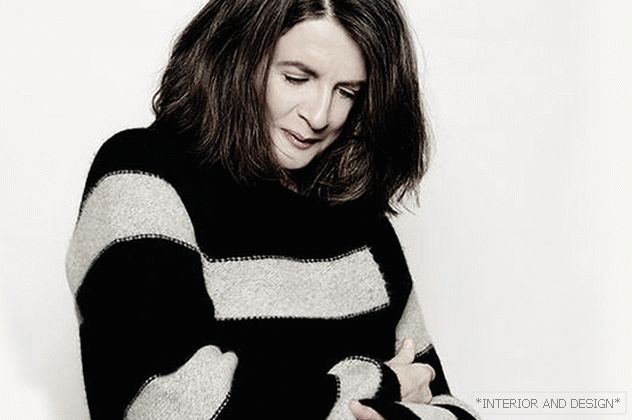 Hella Jongerius.
Hella Jongerius. 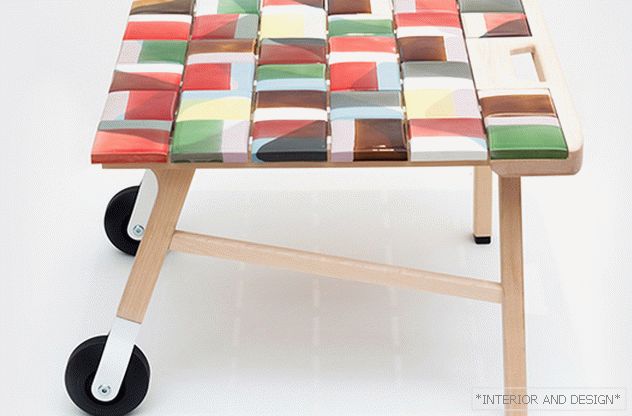 Hella Jongerius. Стол Tiles. 2017. Galerie Kreo. Около 21 000 долл. Сделан путем наслаивания глазури, на каждой его плитке виден неожиданный диапазон оттенков.
Hella Jongerius. Стол Tiles. 2017. Galerie Kreo. Около 21 000 долл. Сделан путем наслаивания глазури, на каждой его плитке виден неожиданный диапазон оттенков. Demanding teacher (for many years she was engaged in students of the alma mater - Eindhoven Academy of Design), Hella Jongerius (b. 1963) - the head of the small bureau Jongeriuslab and art director Vitra. Launches its own products and collections for customers. Its exhibitions were organized by the Museum of Modern Art in New York, the Cooper Hewitt Design Museum, the Kreo (Paris) and Moss (New York) galleries. In 2017 she prepared a collection (vases, mirrors, tables and curtains) for Galerie Kreo, which accompanied her large exhibition Breathing Color in the London Design Museum.
Related: Hella Jongerius: hippos on plates and toads on tables
5. Scholten & Baijings: тонкий градиент
«Если вы наметили проектный процесс, который просто идет из точки A в точку B, насколько это креативно? Только пытаясь прокладывать необычные маршруты, вы можете прийти к чему-то новому». Scholten & Baijings
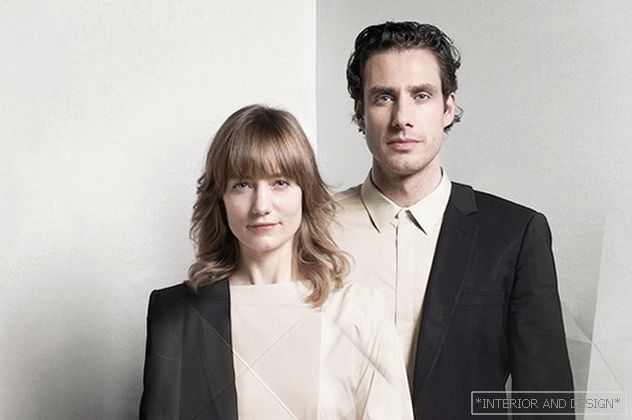 Karol Byyings and Stefan Sholten.
Karol Byyings and Stefan Sholten. 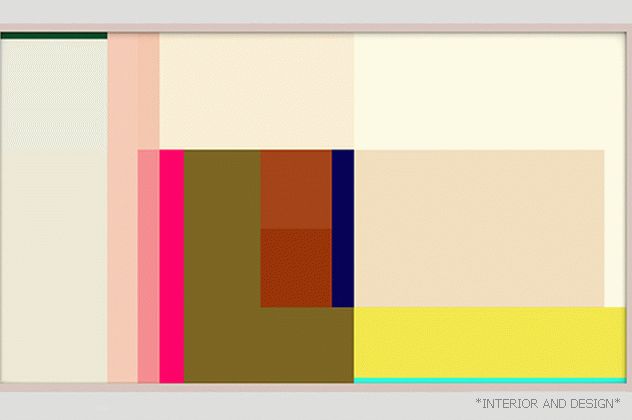 Dusty Pink frame. Scholten & Baijings для Samsung. 2017
Dusty Pink frame. Scholten & Baijings для Samsung. 2017 Кароль Байингс (р. 1973) и Стефан Шолтен (р.1972) принадлежат к поколению, идущему вслед за концептуалистами Droog Design. Козырем семейного дуэта выступает чувство колорита, тонкое и изысканное. Именно легким цветом со сложным градиентом славятся вазы Scholten & Baijings для Севрской мануфактуры или датской компании Georg Jensen. Их работы хранят Музей Стеделейк в Амстердаме и Центральный музей в Утрехте. Кароль и Шолтен все силы отдают проекту Chromatography: The Colour World of Scholten & Baijings. В сентябре 2017 года вышла их колористическая версия Frame TV (дизайн Ив Беар для Samsung).
По теме: Голландский дуэт Scholten & Baijings
6. Kiki & Joost: хай-тек & лоу-тек
“Survival spurs imagination. I like it when something incredibly high-tech suddenly seems to be something quite archaic, simple, when high-tech looks like low-tech. Luxury today is items with exquisite handicraft work. ” Kiki van Eyck
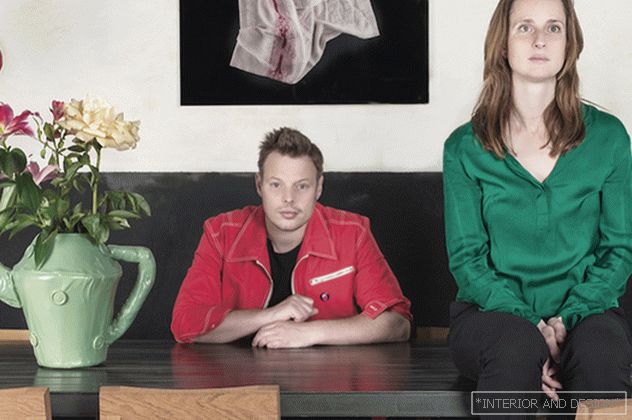 Kiki van Łek and Justin Blainevick.
Kiki van Łek and Justin Blainevick. 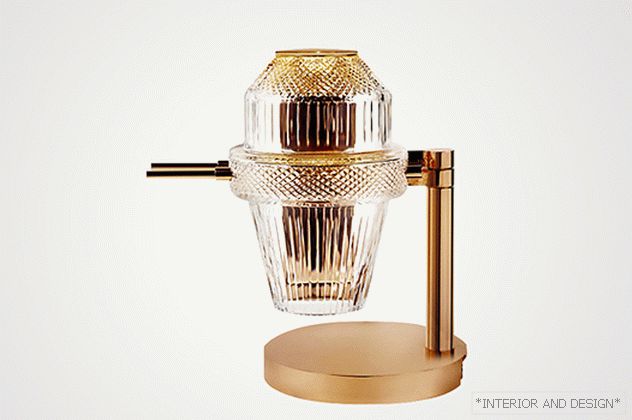 Matresses, Cristalleries de Saint-Louis. Diz. Kiki Van Eyk. 2013.
Matresses, Cristalleries de Saint-Louis. Diz. Kiki Van Eyk. 2013. Kiki van Eyck (b. 1978) and Just van Bleuzyk (b. 1976) share a table, bed and workshop. But only sometimes they are united in the work on common projects. Each retains its own name, ideas, style and customers. Both authors in the early 2000s were noticed by New York dealer Murray Moss, and in Europe their design is sold by the Rotterdam Vivid Gallery. Some time ago, Zuiderzee Museum invited to make a collection: Yust designed carts and dressers of tulip wood, and Kiki - a series of porcelain vessels with embossing, depicting authentic local embroidery. Their workshop was supplemented with a showroom, clothing boutique, and a designer store, and this year with a new address.
7. Bertyan Pot: “do it yourself”
“I like to re-discover old acquaintances, old materials that, it would seem, are no longer able to surprise. The game, practice and research - now they are inseparable, this is what I like most in the design classes. ” Bertyan Pot
 Bertyan Pot.
Bertyan Pot.  Project Masks. Started in 2010.
Project Masks. Started in 2010. Бертьян Пот (р. 1975) учился на отделении «Человек и идентичность» у Ульфа Морица, от которого перенял любовь к текстилю. В качестве дипломного проекта сделал Knitted Lamp — «Вязаный светильник»: трикотажный «чулок» заполнил надувными шарами, пропитал прозрачной смолой, после чего сдул и вынул шары. Этот принцип придания жесткости и формы предметам из ткани и ниток Пот использовал позже неоднократно — cделав, например, знаменитый светильник-шар Random Light, выпускаемый Moooi с 2003 года. Лондонский музей V&A, нью-йоркский MoMA, амстердамский Стеделейк и роттердамский музей Бойманса ван Бёнингена хранят его сплетенные из ниток и облитые смолой светильники и стулья, сшитые из тесьмы маски и вырезанные из сушенных тыкв лампы.
Related: Bertjan Pot (Bertjan Pot): a man in a joking mask
8. Richard Hatten: Design Without Signs of Design
“We work for customers from three continents. Today it is not so important where you are, the main thing is the Internet. You can think everywhere. And drawing well and in the plane doesn’t distract the phone ”. Richard Hatten
 Richard Hattten.
Richard Hattten.  Табуреты, колл. Clover для японского бренда Taiyou&C.
Табуреты, колл. Clover для японского бренда Taiyou&C. «Дизайн должен быть остроумным, дружелюбным и способным удивлять», — считает Хаттен. Двухметровый голландец делает все: от почтовых марок до музейных интерьеров. Некоторые объекты напоминают игрушки: пуфы-слоны, двуручные кружки, лампы-одуванчики... Ричард Хаттен (р. 1967). окончил Академию дизайна в Эйндховене (1991) и в том же году основал студию в Роттердаме. Участник объединения Droog Design. Работы Хаттена есть в Design Museum London, MoMA в Нью-Йорке, а также в музеях Лиссабона и Мюнхена. Сотрудничает с прогрессивными дизайнерскими марками Sawaya & Moroni, Moooi, Muji, Moroso. Креативный директор Gispen. Автор музейных и выставочных пространств: интерьеров Музея кино (Амстердам), Музея архитектуры (Роттердам).
Related: Richard Hutten: Friendly Design Master
9. Studio Job: marquetry with rockets
“We have participated in more than 350 exhibitions around the world. Today we are working in parallel on art, architecture, fashion, music, publishing and design. Which requires both modesty and openness. ” Studio Job
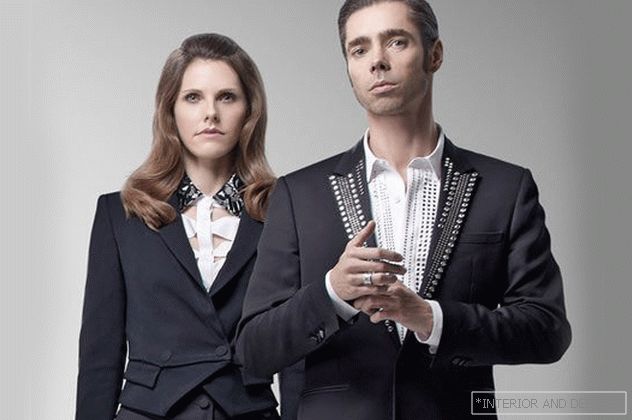 Ninke Tinagel and Job Smits.
Ninke Tinagel and Job Smits. 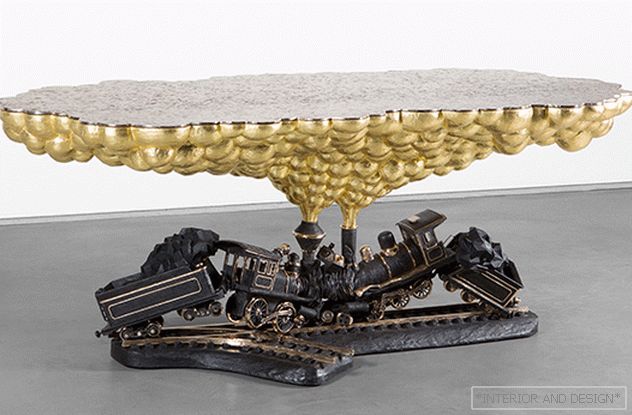 Studio Job. Cкульптура Train Crash.
Studio Job. Cкульптура Train Crash. Belgian Job Smits (b. 1970) and Dutch Ninke Tinagel (b. 1977) have long been working under the brand Studio Job. A retrospective of creativity called "Madhouse" was shown in the New York Museum of Art and Design (MAD). Furniture, sculptures, lamps, murals, wallpapers are deliberately provoking, intriguing, shocking, which created Studio Job's reputation for enfants terribles and allowed to enter the shortlist of auctions (for example, Robber Baron floor lamp, sold for 110,500 dollars). Creativity Studio Job is often defined as barocco digital, it is frankly interdisciplinary in nature and highly appreciated by collectors.
Related: Casual epatage: Studio Job exhibition at the CWG anniversary
10. Marcel Wanders: living in the future, looking backwards
“Enough of the function, you need more love. More fantasy, dreams, memories and feelings. " Marcel Wanders
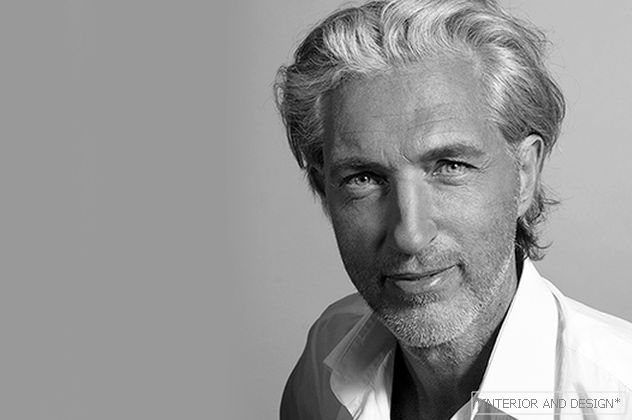 Марсель Вандерс.
Марсель Вандерс. 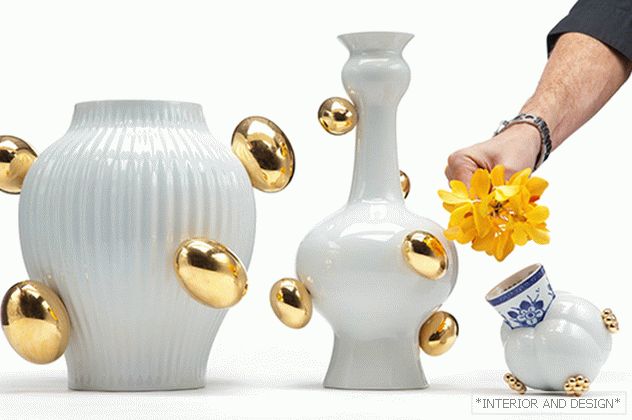 Coll. Delft Blue, Moooi.
Coll. Delft Blue, Moooi. Lux has long considered him a permanent contributor. He manages to replenish the collections of his own brand Moooi, create folding furniture for Louis Vuitton, accessories for Christofle, chandeliers for Baccarat, mosaics for Bisazza. Designs hotels in Istanbul and Qatar. The fiftieth anniversary was celebrated with a personal exhibition at the Stedeleyk Museum. Marcel Wanders (b. 1963) turned the picture of the Dutch as the modest inventors of bicycles and the authors of the Protestant benches. Even people who are far from design know that there is a Dutch magician who designs lace chairs, spreads golden kaleidoscopes and makes interiors a la “digital baroque”, which was so successful in zero. Dutch design superstar admits that he is loved in other countries, but is sometimes perceived coolly at home.

